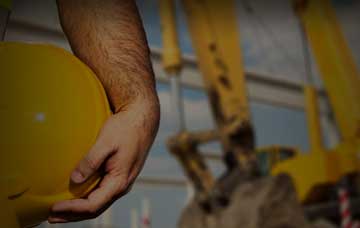
The commercial construction industry in the United States is constantly evolving, driven by advancements in technology, changing market demands, and a focus on sustainability. To stay ahead in this competitive landscape, it’s crucial to be aware of the latest trends that are shaping the future of commercial construction. In this blog post, we will explore some of the key trends currently influencing the industry in the USA.
Green Building and Sustainability
Sustainability has become a significant driving force in the commercial construction sector. Clients, developers, and regulatory bodies are increasingly demanding environmentally friendly buildings that minimize energy consumption, reduce carbon footprints, and promote occupant well-being. Green building certifications, such as LEED (Leadership in Energy and Environmental Design), are gaining popularity, encouraging the use of energy-efficient systems, renewable materials, and sustainable construction practices. As the focus on sustainability intensifies, we can expect to see more innovative approaches, including net-zero energy buildings and the integration of renewable energy systems.
Prefabrication and Modular Construction
Prefabrication and modular construction techniques are revolutionizing the commercial construction industry. This approach involves manufacturing building components off-site, in a controlled environment, and then assembling them on-site. Prefabrication offers several benefits, such as increased construction speed, improved quality control, reduced waste generation, and enhanced cost efficiency. Modular construction, in particular, has gained traction for projects like hotels, student housing, and healthcare facilities, where repetitive unit designs can be easily replicated. Expect to see more projects embracing these off-site construction methods, saving time and resources while maintaining high-quality standards.
Integration of Technology
Technology continues to reshape the commercial construction landscape, driving efficiency, productivity, and safety. Building Information Modeling (BIM) has become a standard practice, enabling project stakeholders to collaborate seamlessly, visualize designs, and identify clashes before construction begins. Advanced project management software and mobile applications streamline communication, documentation, and schedule tracking, leading to improved project coordination. Drones and laser scanning technology aid in site surveying, progress monitoring, and quality control. Additionally, the Internet of Things (IoT) is being leveraged to create smart buildings, with interconnected systems for energy management, security, and occupant comfort.
Adaptive Reuse and Renovation
With a focus on sustainable development and the preservation of cultural heritage, adaptive reuse and renovation projects are gaining popularity. Repurposing existing structures not only reduces demolition waste but also adds character and value to the community. Abandoned factories transformed into creative office spaces, warehouses converted into vibrant retail centers, and historic buildings revitalized for modern use are examples of this trend. Adaptive reuse projects offer unique design opportunities and contribute to urban revitalization, attracting businesses and residents to previously underutilized areas.
Wellness and Biophilic Design
Wellness and biophilic design principles are reshaping the commercial construction industry, with a growing emphasis on creating healthier, more productive environments. Biophilic design integrates elements of nature into the built environment, incorporating natural lighting, indoor greenery, and open spaces to improve well-being and productivity. Enhanced air quality, access to daylight, and spaces that encourage physical activity are becoming essential considerations in the design of commercial buildings. Developers and employers are recognizing the positive impact of these design strategies on occupant satisfaction, employee retention, and productivity.
The commercial construction industry in the USA is undergoing transformative changes driven by sustainability, technology, and a focus on well-being. Green building practices, prefabrication, and modular construction, integration of technology, adaptive reuse, and wellness-oriented design are the key trends shaping the future of the industry. Staying abreast of these trends and embracing innovative approaches will enable construction professionals to meet client expectations, achieve operational

